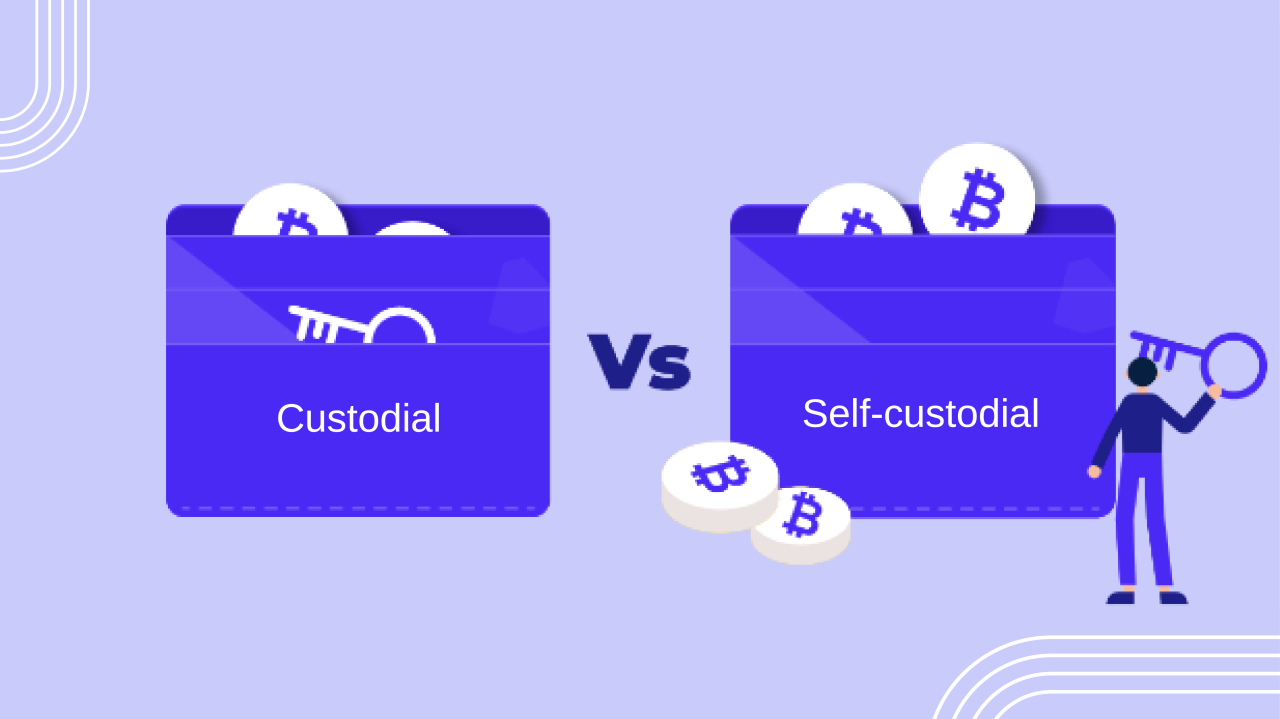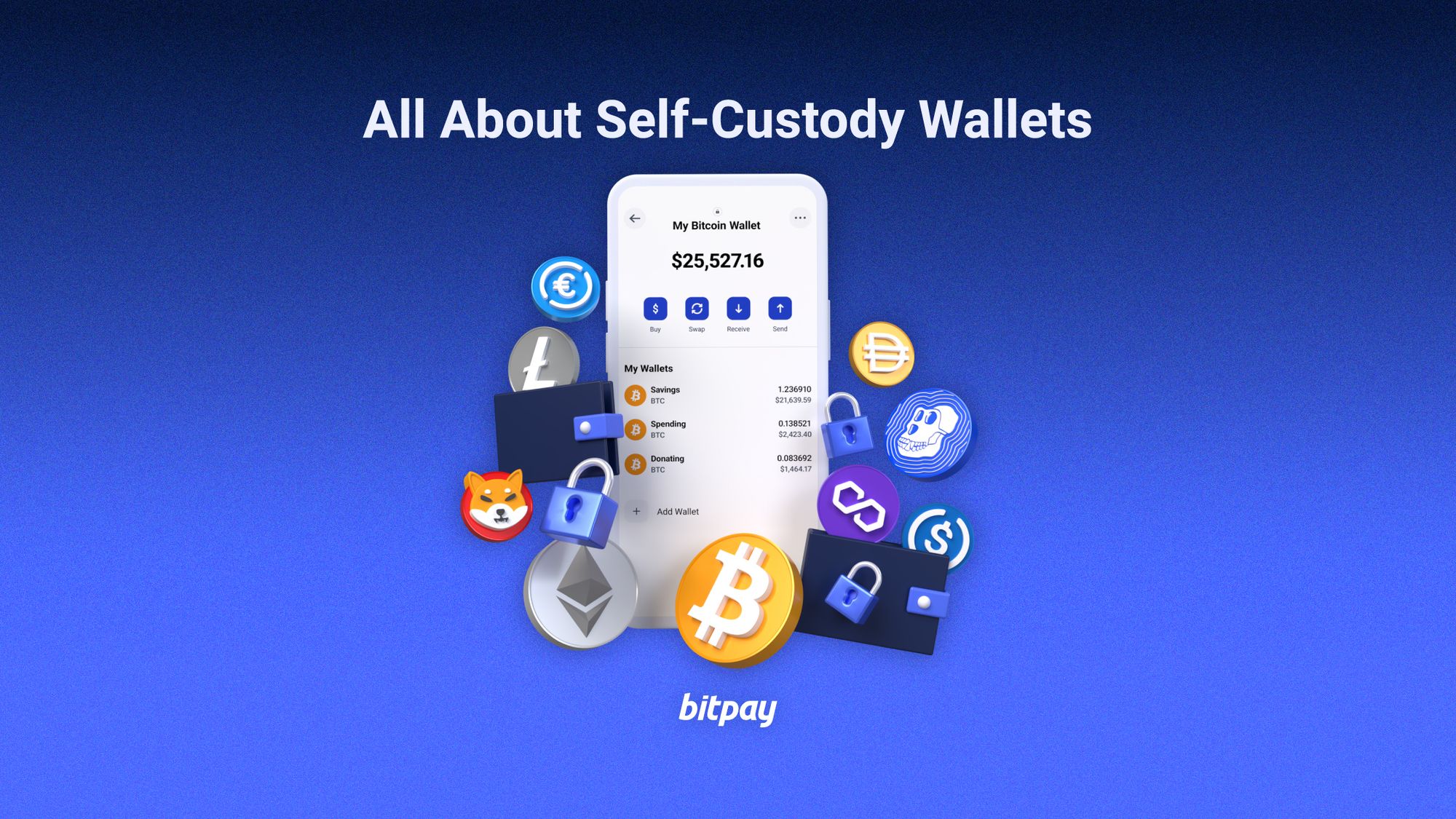In the world of cryptoself-custody wallets an efficient method to manage and control your digital assets. In contrast to custodial wallets where a third-party holds all your keys private, self-custody walletsgive the user complete control and ownership over your money. Setting up and securing your self-custody wallet is vital to protect your valuables from loss, theft, or other risks. This step-bystep guide will help you get started.

1. Choose the Right Wallet
The first step to set up an auto-custody account is selecting the right type of wallet to meet your needs. Self-custody wallets are available in a variety of forms, including hardware wallets as well as software as well as paper-based wallets. Software wallets, like Electrum or Trust Wallet, are more suitable for frequent transactions but are generally considered less secure than physical wallets. Paper wallets are an alternative that print your personal keys on paper, though they are not as popular because of their vulnerableness to physical harm.
2. Download and Install the Wallet
After you've selected a wallet type, start downloading and installing the application or configure the hardware device in accordance with the manufacturer's instructions. If you're using software wallets, make sure that you download the app via the official site or app store to avoid malicious versions. If you're using a hardware wallet, follow the installation instructions carefully when you're ready to start the device.
3. Create and Secure Your Backup
During the set-up process, you'll be prompted to create a backup phrase commonly referred to the seed phrase or recovery phrase. This phrase, usually consisting of 12-24 random phrases, is vital for regaining your wallet if you're unable to access it. Write down your backup phrases on a sheet of paper and keep it in a safe and secured place. Do not store it electronically as well as sharing it with any other person. If someone gains an access point to the backup phrase they may be able to access your money.
4. Set a Strong Password
If your wallet supports additional security measures, such as the setting of a password or a PIN, ensure you choose an extremely secure as well as unique password. This provides an additional layer of protection against unauthorized access. Don't use easily-guessed details like birthdays, or words that are common. A secure password usually includes a mix of letters, numbers, and special characters.
5. Enable Two-Factor Authentication (2FA)
For exchanges and wallets that use software that support it, enable two-factor authentication (2FA). 2FA is an additional layer of security by requiring a second form of verification that includes a code sent to your phone as well as generated using an authenticator application. This makes it much more difficult for anyone who is not authorized to access your account, even if they know your password.
6. Regularly Update Your Wallet Software
Maintaining your wallet's software current is vital to maintain security. Developers of wallets regularly release updates to address security weaknesses and introduce new features. Regularly check for updates and apply them to ensure you're secure from the latest threats.
7. Monitor and Manage Your Wallet
Regularly monitor your wallet for any suspicious activities. If you discover any suspicious transactions or unusual activity immediately take action to secure your account. You may want to consider using additional security measures such as multi-signature wallets that require multiple approvals for transactions, which adds an additional layer of security.

Conclusion
Installing and protecting your self-custody bank account is essential to managing your cryptocurrency assets safely. By choosing the right wallet, creating a secure backup, using strong passwords, enabling two-factor authentication, and being alert, you will significantly decrease the possibility of losing or stealing. Be aware that in the age of cryptocurrencies the responsibility of protecting your assets lies in your hands, so make sure you prioritize security and stay informed to guard your digital assets.
